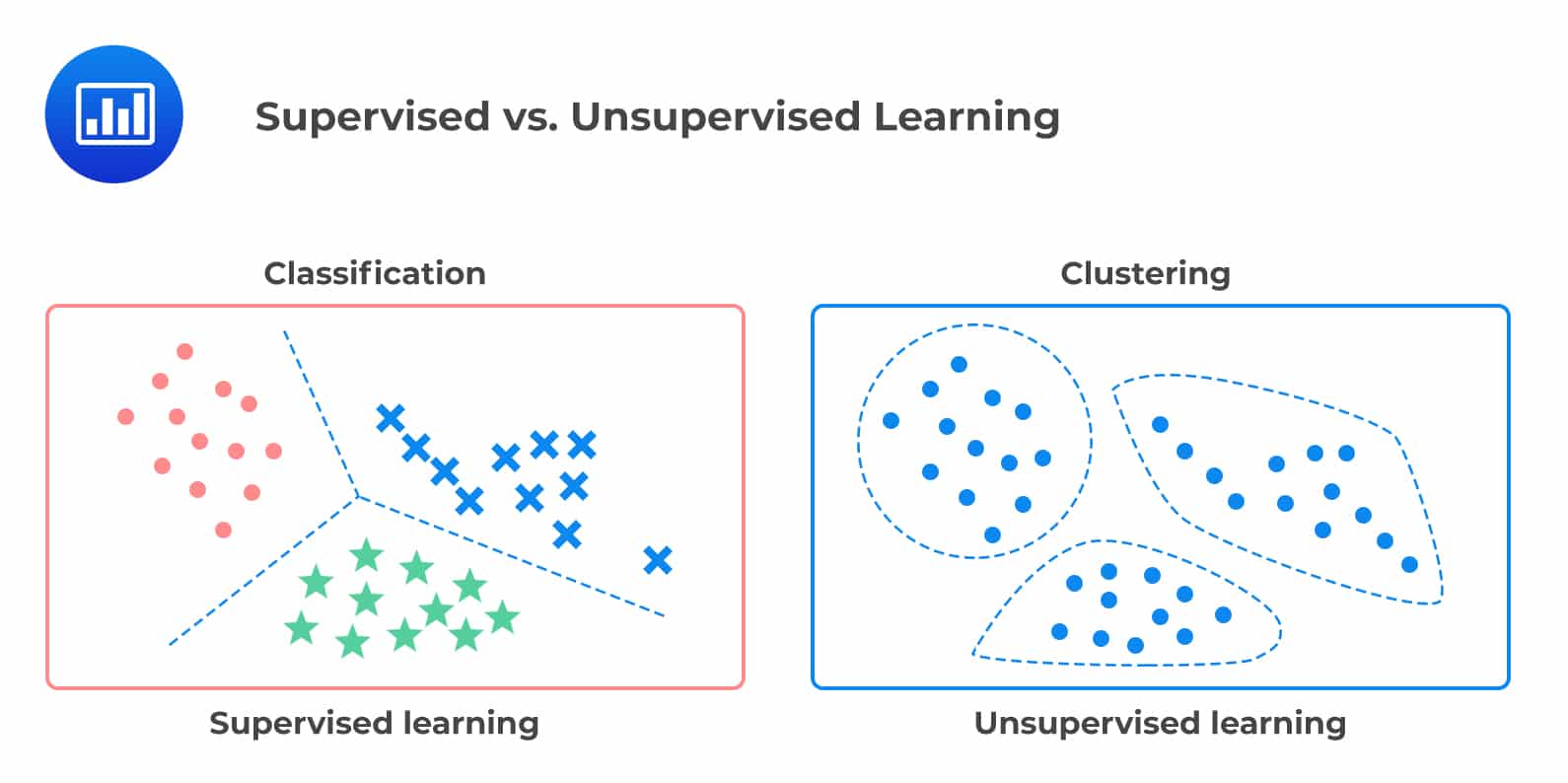Unsupervised learning is a type of machine learning that works without relying on labels or other forms of feedback. It provides algorithms with raw input data and then uses statistical analysis to detect common patterns or features. Unsupervised learning is used to extract new information from existing data or to perform clustering analysis that groups similar data together.
Due to the lack of labels required for supervised learning, unsupervised learning models require more processing power to detect patterns in data. This form of machine learning can identify groups of similar data points and detect irregularities or outliers, making it extremely useful for tasks in computer vision, natural language processing, and text mining. In fields like marketing and finance, unsupervised learning can be utilized to uncover unknown customer segments and detect fraudulent activity.
The most popular algorithms used in unsupervised learning methods are clustering methods such as k-means and hierarchical clustering, principal component analysis (PCA), and association methods such as Apriori. These allow the machine to find relationships or associations between different pieces of data. Each of these algorithms has its own advantages and use cases, so it is important to choose the right one for the task at hand.
Unsupervised learning is an important tool for achieving a better understanding of data sets. By understanding the structure of data and how to identify patterns, machines can make more informed decisions from the data available and can produce more accurate results. With continued improvements to this type of technology, it can revolutionize the way machines interact with data, making it an essential tool in many fields.






